Bell’s Palsy & Physiotherapy Treatment
What is a Bell’s Palsy?
Bell’s palsy is a medical condition characterized by an inflammation of the facial nerve, causing paralysis on one side of the face. The facial nerve, also known as cranial nerve VII, controls the muscles of facial expression and helps with taste and tear production. Bell’s Palsy is a relatively common disorder, and it is most often found in patients aged 20-60 years old.
Bell’s palsy can be serious if left untreated, but it can be effectively treated with steroids or antiviral medication, Physiotherapy treatment, and facial muscle exercise.
Facial palsy generally means weakness of the facial muscles, mainly resulting from temporary or/and permanent damage to the facial nerve.
When a facial nerve is either non-functioning or missing, the muscles in the face do not receive the necessary signals in order to function properly. This results in paralysis of the affected part of the face, which can affect the movement of the eye(s) and/or the mouth, as well as other areas.
There are different degrees of facial Palsy: sometimes only the lower half of the face is affected In stroke, sometimes one whole side of the face is affected Mainly when the facial nerve is affected & in some cases, both sides of the face are affected.
Anatomy of Facial Nerves
Each side of the face has its own facial nerve, so damaging the left facial nerve will affect the left side of the face, & Right Side Of The Damage Will affect the Right Side. Every neuron originates in the brain, travels through the face to the front of the ear, and splits into five branches there. The facial muscles are supplied by each of these branches. Tears, saliva production, and taste are also controlled by the facial nerve in different ways.
Causes Facial’s palsy
The most commonly known cause of facial paralysis is Bell’s palsy, there are actually many different causes of facial palsy, and treatment and prognosis vary greatly depending on the cause. Some of the main causes of facial palsy are listed below:
- Viral infections such as Bell’s palsy & Ramsay Hunt syndrome.
- Surgical causes: Eg. during removal of acoustic neuroma or facial nerve tumour Removal, or when operating on the parotid gland.
- Adenovirus (respiratory conditions)
- Bacterial causes such as Lymph disease or a middle ear infection.
- Herpes zoster (chickenpox and shingles)
- Neurological conditions such as Neurofibromatosis 2, or GBS (Guillain-Barré syndrome.)
- Traumatic injuries such as fractures to the brain, skull, or face.
- Influenza B (flu), Mumps, Rubella (German measles)
- Birth trauma: Eg. caused by forceps or facial presentation delivery.
- Epstein-Barr (infectious mononucleosis)
- Congenital conditions such as abnormal development of the facial nerve or muscle in the womb.
- Rare genetic syndromes such as Moebius syndrome or CHARGE syndrome.
- Stroke: Facial Nerve is not affected But from cerebral damage.
Classification of facial nerve injuries:
Three different kinds of facial nerve injury:
- First-degree injury – when the facial nerve is just concussed or bruised and recovers within eight weeks.
- Second-degree injury – where the facial nerve is more damaged but still retains its outer layer. The nerve begins to show the first signs of recovery at about four months as it slowly repairs.
- Third-degree injury – when the facial nerve is more severely damaged, any recovery is much slower and always incomplete. Sometimes the nerve is completely severed & surgical repair is needed to restore facial function.
Functions of facial muscles:
Facial muscles do the following activity when Bell’s Palsy occurs, following activation of the facial muscle lost, these are:
- Raising the eyebrows (frontalis)
- Closing the eyes (orbicularis oculi)
- Frowning (corrugator)
- An open mouth smiling (zygomaticus)
- A closed mouth smiling (risorius)
- Pouting (orbicularis oris)
- Lifting top lip (levator labii)
- Pulling lower lip down (depressor labii)
- Sticking bottom lip out (mentalis)
- Pulling jaw and corners of mouth gently down (platysma)
- Wrinkling nose (procerus/nasalis)
Symptoms of Bell’s Palsy:
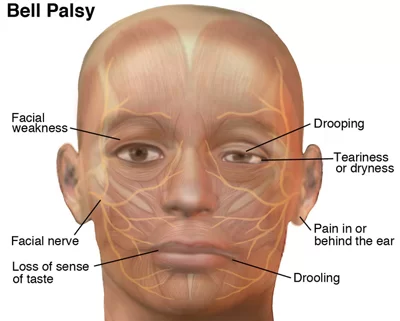
Facial nerve palsy Mainly affects only one side of the face although in rare cases it may affect both sides.
A complete facial palsy on one side of the face affects the brow, eye, cheek, and mouth. This means the facial nerve signals that control movement in these muscles are not working. The face may appear flattened & movement may be lost.
Symptoms may improve or worsen over time depending on the type and degree of facial nerve damage and the cause of your facial palsy.
Some types of facial palsy will affect sensation including pain, as well as facial movement. This may mean that the nerve that is responsible for sensation (trigeminal nerve) has been damaged as well as the facial nerve. The facial nerve controls movement, tear production, saliva production, and taste.
Loss of sensation may mean you cannot feel your face when you touch it.
The inability to blink or close the eye is a common symptom.
Loss of forehead wrinkles & inability to frown.
Droopy eyebrow and inability to raise an eyebrow
Inability to close the eye fully or blink
Watery eye or dry eye
Inability to squint
Drooping of the lower eyelid which may make the eye appear wide
Painful eye with symptoms of grittiness or irritation
Sensitivity to light
Soreness or redness of the white of the eye
Mouth:
The corner of the mouth pulls down/droops
Inability to smile on the affected side
Inability to puff up your cheeks, whistle, or blow
Altered taste
Tingling of the affected half of the tongue
Difficulty eating and drinking
Difficulty brushing your teeth and spitting out
Drooling from the weak corner of your mouth
Excess or reduced salivation (dry mouth)
Inability to pout
Difficulty speaking because of weakness in the lips and cheek
Ear(s):
Pain in or near the affected ear
Loss of hearing
Increased sensitivity to high-pitched noise
Nose:
Nose runs or feels stuffy
Inability to flare nostril
Inability to wrinkle nose
If a person develops symptoms of facial palsy slowly (over weeks or months) then they should immediately be referred for further investigations.
Assessment in Bell’s Palsy
For facial muscle function examination, Doctors ask you to show your teeth, close your eyes, and blow. The doctor also checks the deviation of your face and the History of your condition and other associated conditions if present.
Investigation in Bell’s Palsy:
- CT Scan
- MRI
- Electromyography (EMG) to check the level of the nerve damage
- NCV – Nerve conduction test
Medical Treatment:
corticosteroid drugs, which reduce inflammation antiviral or antibacterial medication, which may be prescribed if a virus or bacteria caused your Bell’s palsy
NSAID- pain medications, such as ibuprofen or acetaminophen, which can help relieve mild pain
Eye drops to avoid infection in the eye
Physiotherapy Treatment in Bell’s Palsy:
The main treatment is physiotherapy and symptomatic Treatment.
Facial Muscle Exercise Video :
Physiotherapy Exercise: Facial muscle strengthening exercise
Electrical Stimulation to facial muscles.
- Manual massage.
- NDT Technique.
- Infrared For Muscle Spasm.
- Hot water fermentation.
When should I contact Doctor?
Bell’s palsy usually begins to improve in 2 to 3 weeks but may take 3 to 6 months to return to normal with the help of medical treatment and Physiotherapy exercise. If there is no improvement or if any symptoms worsen, it is important to follow up with your doctor and Physical therapist at regular times.
What are the complications of Bell’s palsy?
It is mostly recovered within a few days of treatment and mostly not seen any complications. During Bell’s palsy, you are not able to close your eyes, which is why infection is also seen in rare cases in those people not protect their eyes with goggles during day-to-day activity. Eye care is mostly required such as wearing goggles in day-to-day activity and using eye drops to avoid dryness in the eye as per your doctor’s prescription.
Care in Bell’s Palsy:
Protect eyes with goggles.
Use Cotton In-Ear.
Face wash regularly.
Proper Diet.
Important info. about Bell’s palsy:
- Bell’s palsy suddenly started of facial muscle weakness or paralysis that mostly recovers with medical and Physiotherapy treatment and exercise and not seen any complications.
- The cause of Bell’s palsy is most commonly seen during cold winds or heavy rains with wind but it is also caused by inflammation affecting the body’s immune system. It is associated with other conditions mostly diabetes.
- Facial muscle symptoms such as facial weakness or paralysis initially increase and start to resolve in about 2 to 3 weeks.
- It can recover up to 3 to 6 months depending upon the severity of the injury.
- Physiotherapy treatment with Medicine and eye care are also important in the treatment of Bell’s palsy.
FAQs
What is the main cause of Bell’s palsy?
Inflammation and swelling of the facial nerve that controls the muscles on one side of the face. It could be caused by a response that follows a viral infection. The majority of the time, symptoms start to get better within a few weeks, and full recovery takes around one month up to six months.
What are the 4 symptoms of Bell’s palsy?
4 major Symptoms are:
Sudden facial palsy or facial muscle weakness on one side.
mouth and eyebrow drooping.
one side of your mouth is drooling.
Having trouble closing one eyelid, which results in dry eyes.
Can Bell’s palsy be cured?
With a combination of Medical Treatment and Physical therapy, Bell’s palsy patients typically make a full recovery. There isn’t a single Bell’s palsy treatment that works for everyone. However, your doctor might advise drugs or physical treatment to speed up your recovery. For Bell’s palsy, surgery is rarely required.
Is Bell’s palsy serious?
It’s not a serious condition to have Bell’s palsy. The majority of instances resolve completely with Medical Treatment and Physical therapy. The signs of Bell’s palsy resemble those of major illnesses like a stroke, though. This is why it’s crucial to consult a medical professional as soon as you find facial muscle weakness.
What is the best treatment for Bell’s palsy?
The treatment for Bell’s palsy can vary depending on the severity of the condition and individual patient factors. Physical Therapy Treatment, Electrical Stimulation, Facial Muscle exercise, Antiviral Medications are important, Rarely Corticosteroids (Prednisone) are prescribed. In rare instances, surgical procedures may be considered if there is severe or prolonged facial weakness.
Is Bell’s palsy permanent?
Bell’s palsy is not thought to be permanent, however, it can occasionally persist. Bell’s palsy does not yet have a known treatment, but healing normally starts 1–6 months after the onset of symptoms. Bell’s palsy mostly recovers full facial strength and expression.
How long does Bell’s palsy last?
A sudden weakness or paralysis on one side of your face is known as Bell’s palsy. The facial nerve gets irritated or damaged, which is the cause. It is frequently temporary. The majority of people begin to feel better in 2 weeks and recover entirely in 1 to 6 months.
Is Bell’s palsy transmitted?
There is no known way to spread facial palsy to other persons. However, a person’s underlying condition can be communicable if a virus (such herpes or Ramsay Hunt syndrome) causes their facial palsy. Avoid touching vesicles and consult your doctor if you see them.
How can I recover from Bell’s palsy fast?
Consult a doctor without worrying. Consult your physician right away and follow his or her instructions.
Rest a lot, protect your eyes by wearing Goggles from drying out, and get plenty of sleep.
Perform “Neurological Tests” if Doctor Prescribed
Use a piece of cotton in the ear.
Find out more about Bell’s palsy.
Physical Therapy Treatment, Facial Muscle Exercise.
Perform light facial massage
Who gets Bell’s palsy?
Any age can be affected by Bell’s palsy, however, persons over 65 are most frequently affected. Younger than 10-year-old children are also susceptible. Both men and women are equally impacted. Bell palsy is believed to result from swelling (inflammation) of the facial nerve as it passes through the skull’s bones.
What vitamins help Bell’s palsy?
During, the early phases of your Bell’s palsy rehabilitation may benefit from the use of vitamins B12, B1, and B6. They can give your body the resources it needs to repair the harm done to the facial nerve and myelin sheath.
Can high BP cause Bell’s palsy?
High blood pressure (hypertension) is not a direct cause of Bell’s palsy. Bell’s palsy is typically attributed to inflammation or compression of the facial nerve, often due to viral infections, specifically the herpes simplex virus. However, high blood pressure can contribute to a variety of health issues, and in some cases, it may indirectly increase the risk of certain conditions that could potentially lead to Bell’s palsy-like symptoms or facial nerve issues.

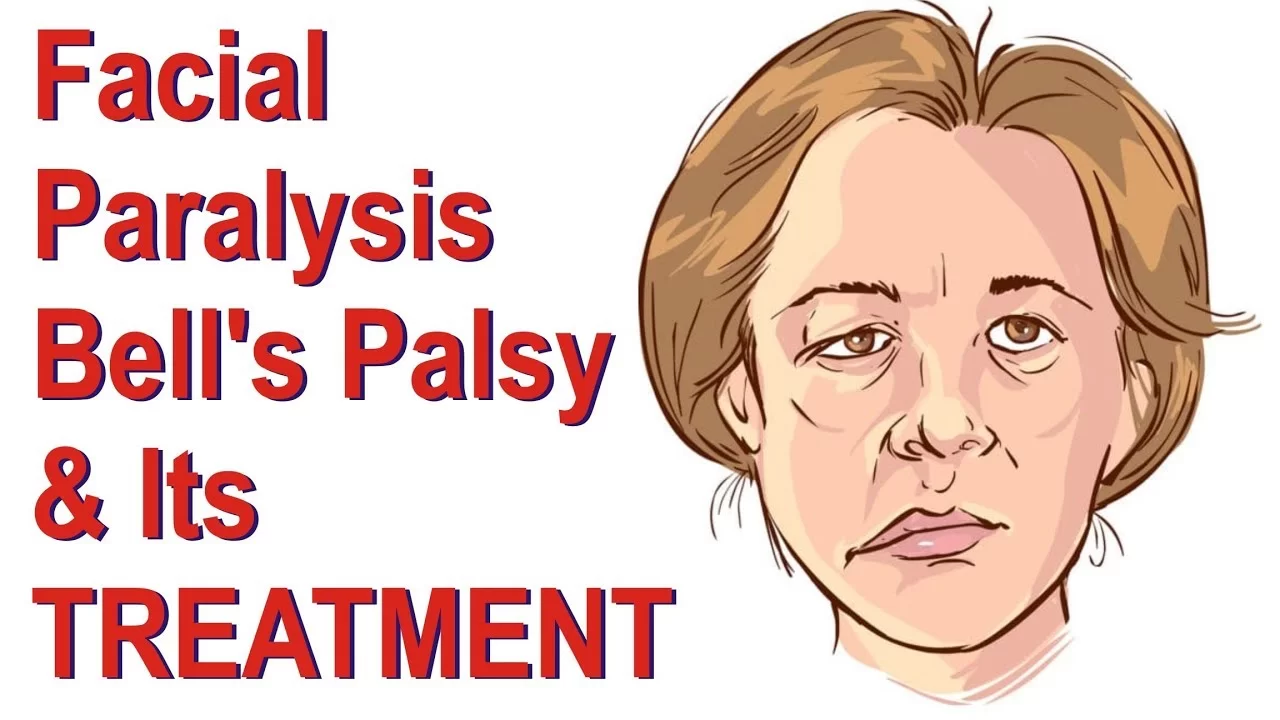
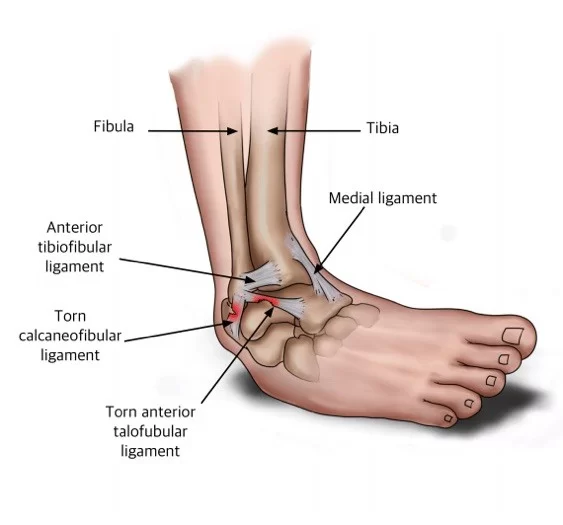

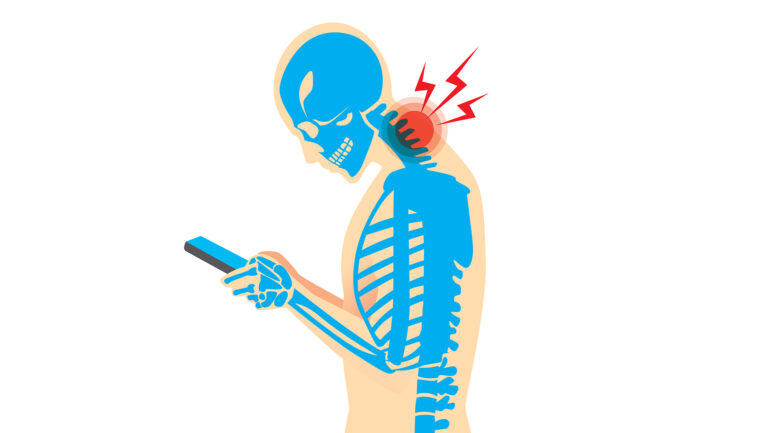
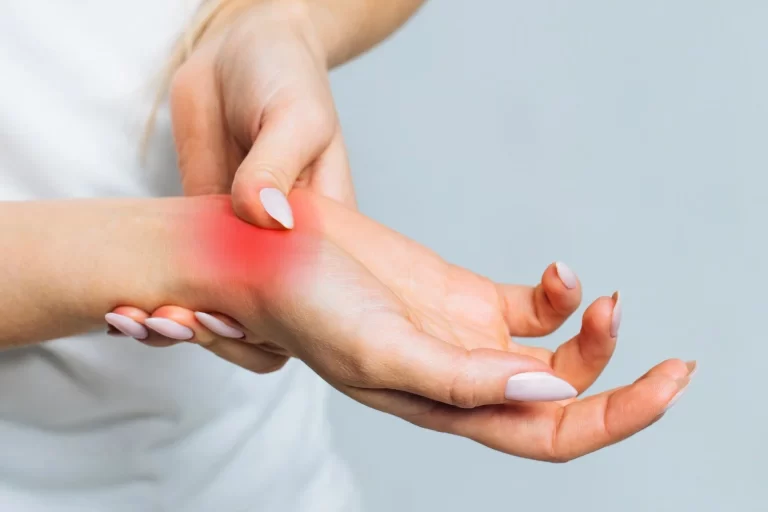
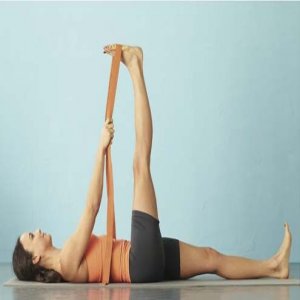
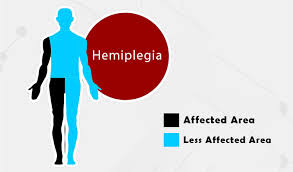
I love this site means in a few min i can learn everything that i cannot in hrs… Thank u so much for this